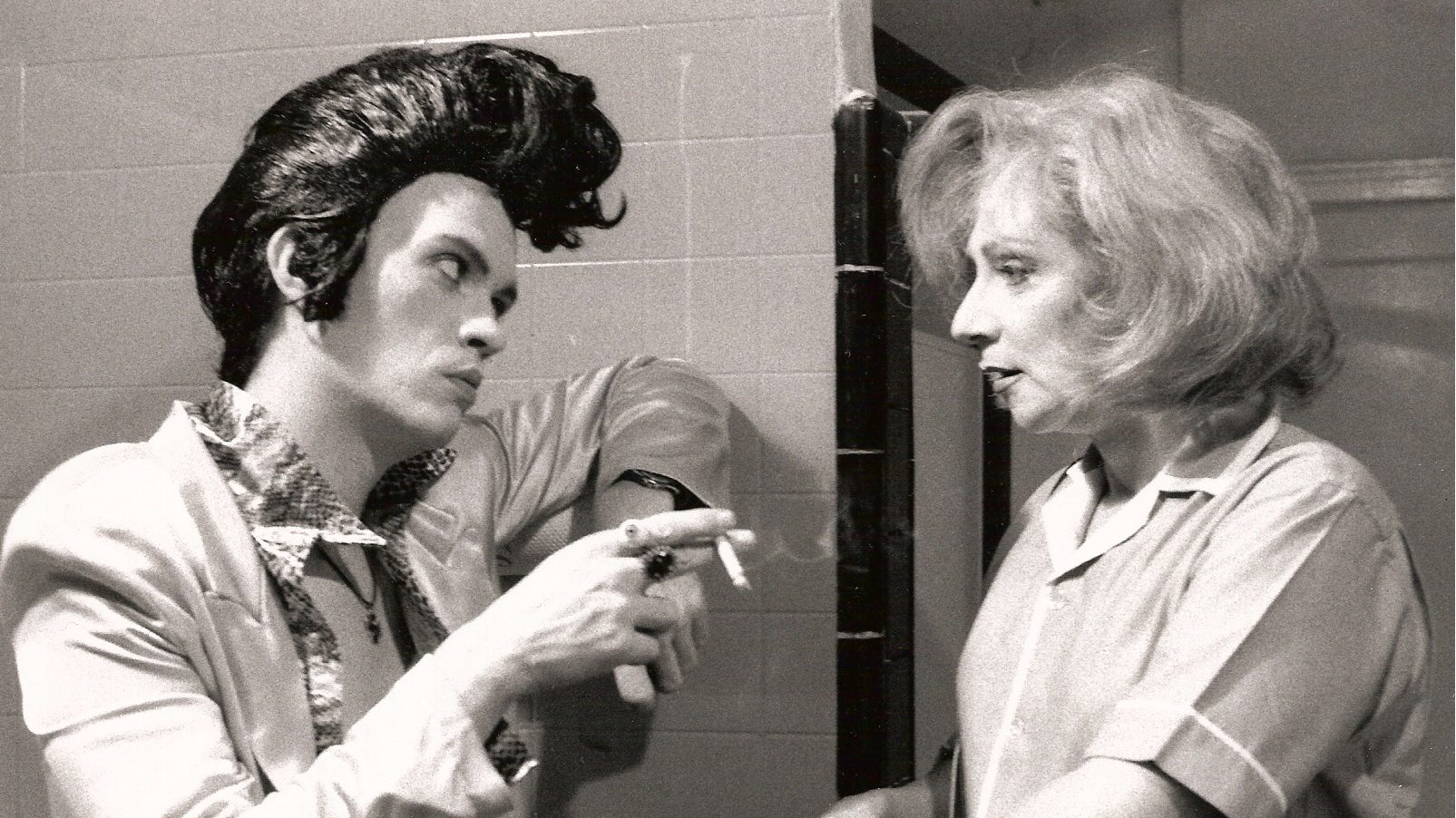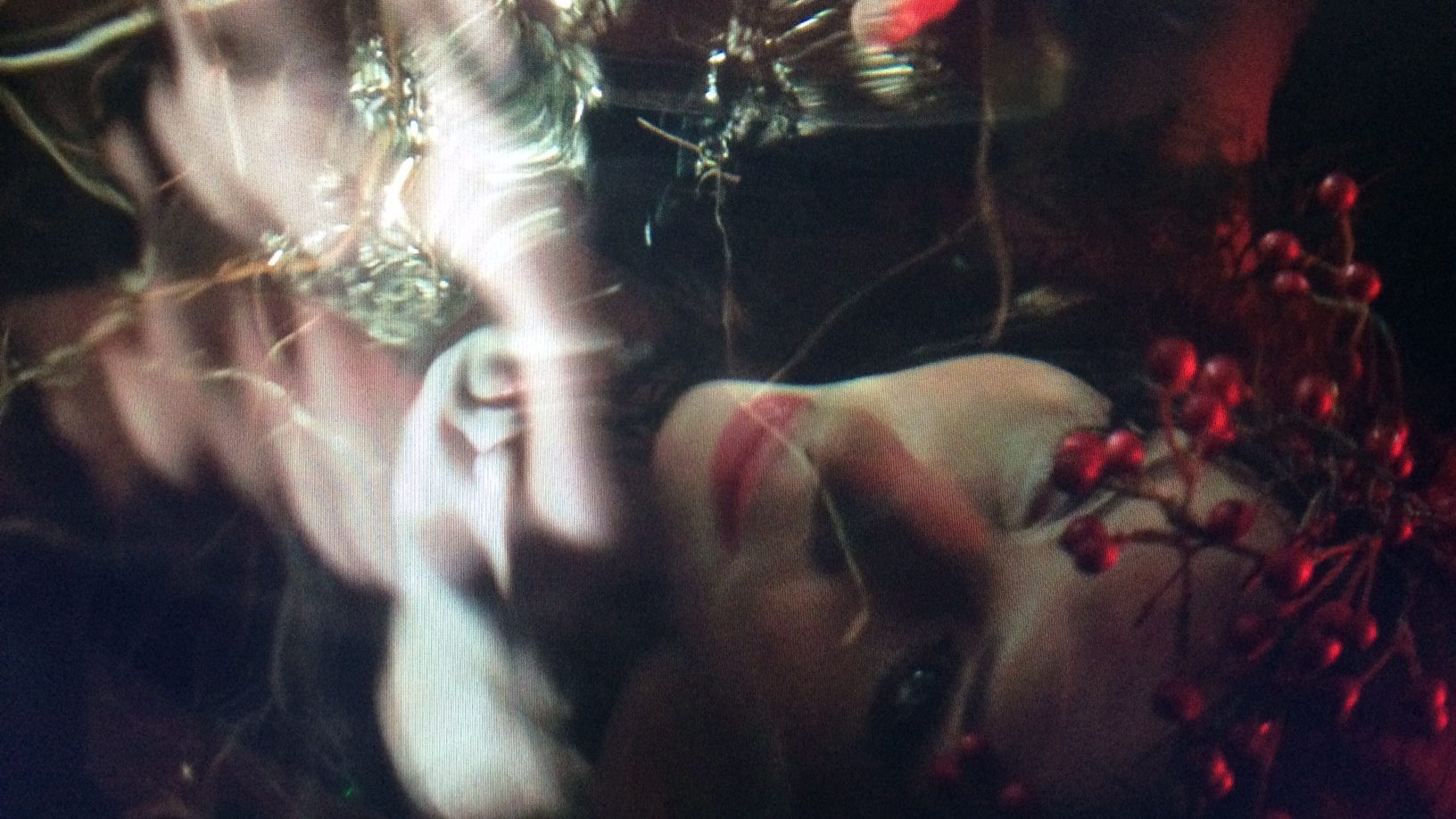Collated in ‘Mini Motion Pictures’, a retrospective of his work held in January as part of the London Short Film Festival 2023, Peter Strickland’s films celebrate the art of the moving image, and remind us of the importance of avant-garde filmmaking.
Admittedly, before attending the ‘Mini Motion Pictures’ retrospective at the London Short Film Festival 2023 my knowledge of Peter Strickland’s oeuvre was peripheral, so there was a lot to unpack in his experimental approach. Given the surprisingly comical nature of a lot of his films, and the fact that their development stems from their soundtracks, Strickland films seemingly exercise experimentalism for experimentalism’s sake. Strickland’s whimsical approach to film and sound that relies on visual and aural cues, rather than classically structured narrative, make for a much freer, more enjoyable experience when watching, which makes talking about it a lot easier—isn’t this what filmmaking is all about?
The programmers at LSFF did well to present this retrospective in chronological order, because what has remained intact is Strickland’s development as both a storyteller and a maverick of the form. His debut short film, ‘Rising within the realms of sleep’ (1993)—a savvy inclusion by LSFF, given the notoriety of his second project ‘Bubblegum’ (1996), often mistakenly thought to be his first—shows a bushy-tailed artist with no knowledge about film that exceeds the viewer’s. A free-flowing smorgasbord of stark visuals played over ominous tones, ‘Rising…’ resembles a piece of what may be called moving-image artwork more than it does a film, with its resistance to conventional form and narrative.
Of course, this is just on a surface level; there is much to be said subjectively about the film, but being Strickland’s first, one can’t help but see it as the work of an excited, radical newbie. Of course, this radical, unabridged experimentalism is something we can see right up to recently in Strickland’s oeuvre. The film ‘Cold Meridian’ (2020) includes some unexplained sequences of two people fighting, presented in a film medium incongruous to the stark digitality of the rest of the film, and shown through a series of stills rather than a fluid motion picture. As with ‘Rising …’, what brings these images to life is the soundtrack, the sole agent that sets the tone. In this film, as well as ‘A Hawk and a Hacksaw: The Magic Spring’ (2018), soundscapes are the primary communicator, while the images are the supplement.

The primacy of sound in Strickland’s work is something that he acknowledges, however this doesn’t mean that the visuals always come second to sound—sometimes they are two completely different entities working in tandem, like the music video for The KVB’s ‘Never Enough’. Made for the ‘2016 Ionian KVB Dentistry Symposium’ (a made-up event), ‘The KVB: Never Enough’ (2016) consists of several very benign shots of dentistry miscellanea. Obviously, in this instance, the music did come before the video, but instead of allowing it to dictate the content and meaning of the images, Strickland uses the visual medium as a vehicle for looking at the song—if you can look at a song—from a different angle, taking a post-punk hit and turning it into the suspiciously upbeat sting of a medical advert.
Other examples of this relationship between audio and visuals include 2019’s ‘GUO: GUO4’, in which an altercation between two men in a changing room leads to a naked fight, their hyper-masculinity—present in the muscular forms and jarring sound design—being comically juxtaposed with the slapstick editing and the intensely explicit homoeroticism. Similarly, the trilogy of films entitled ‘The Thing’ offer personal anecdotes from familiar voices such as Jarvis Cocker and Cosey Fanni-Tutti, the level of incomprehensible individuality in their stories grounded by Strickland’s often brash imagery (the latter talks about a fetishist attachment to trumpeting, over which Strickland offers a photo of a trumpet in a case of suspiciously-red velvet, a conventionalisation of Fanni-Tutti’s individuality that allows us to appreciate and celebrate its absurdity) in a way that echoes the transcendence of imagery in John Smith’s ‘Dad’s Stick’ (2012).
Not all of Strickland’s films entrench themselves in the ether of the sound and image relationship, however. Films like ‘The Cobblers’ Lot’ (2017) and his latest short ‘Blank Narcissus (Passion of the Swamp)’ (2022) present what we might call conventional, narrative-driven stories, yet still carry much of the antagonistic whimsy that echoes all of Strickland’s films. In ‘Blank Narcissus’, the relationship between a pornographic filmmaker and his much younger muse is told like a fairy tale of adoration and unrequited love, much like one may find in the work of Oscar Wilde. However, where Wilde created a foundation for repressed lovers to explore their emotions themselves, Strickland presents the beauty of the explicit with whimsy and self-deprecation, a depth of emotional intelligence that many wouldn’t associate with porn.

This emotional framing of tabooisms like pornography is what makes Strickland’s work quite modernist. Strickland has an acute awareness of the medium and allows this metaphysical dimension to seep into his work (which is why a lot of his, as well as other “modernist” filmmakers’, films often focus more on the potential of the camera rather than the potential of the narrative, following Clement Greenberg’s 1939 ideas of abstract art as a retaliation to representational art). Peter Strickland’s emotional approach to tabooisms doesn’t mean that he is saying something about them, necessarily; rather he is questioning our relationship to the image’s content, specifically the concept of taboo and why it exists.
Experimental filmmaking is often very self-aware. The most self-aware of Strickland’s films is the now famous ‘Berberian Sound Studio’ (2005, expanded into a feature-length film in 2012), a short presentation of the absurd techniques of foley sound production. This film perhaps sums up Strickland’s style as a whole: the relationship between the product of ‘sound’ in chorus with the product of ‘visual’ can sometimes deceive us and cover up just how different and unconnected the two mediums are. Strickland might, like the artists in ‘Berberian Sound Studio’, obliterate a cabbage to simulate a head exploding, but we would never know, because what we consume in the darkness of a cinema is the lovechild of both sound and image, at the expense of both as individuals. Strickland, in his oeuvre, has anchored this phenomenon, both demonstrating the wonders of each medium, while simultaneously fooling us with a product of the two together. Again: isn’t that what filmmaking is all about?
Words by Oisín McGilloway
Support The Indiependent
We’re trying to raise £200 a month to help cover our operational costs. This includes our ‘Writer of the Month’ awards, where we recognise the amazing work produced by our contributor team. If you’ve enjoyed reading our site, we’d really appreciate it if you could donate to The Indiependent. Whether you can give £1 or £10, you’d be making a huge difference to our small team.
